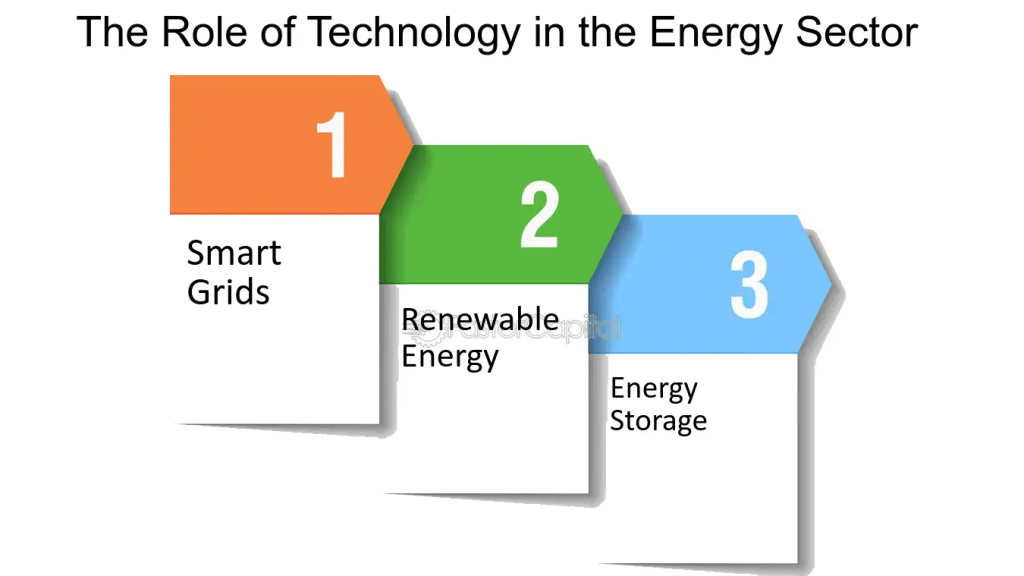Technology has drastically changed the way we live, work, and interact with the world around us. It’s essential to recognise its impact on our physical activity because it directly influences our health and well-being. By understanding this impact, we can make informed decisions about our lifestyle choices and take proactive steps to maintain a healthy balance between technology use and physical activity.
Technology has made our lives more convenient but has also led to more sedentary behaviors. From spending long hours sitting at desks to binge-watching shows on streaming services, our daily routines often involve less movement than before. Recognizing the role of technology in shaping these behaviors empowers us to find creative solutions to stay active, whether through incorporating exercise into our daily routines or utilizing technology to track and motivate our activity levels.
Table of Contents
Sedentary Lifestyle
A sedentary lifestyle refers to a way of living characterized by minimal physical activity and prolonged periods of sitting or inactivity. In today’s society, many people spend large portions of their day engaged in sedentary behaviors, such as sitting at desks for work, watching television, or using electronic devices like computers and smartphones. This lack of movement can have negative consequences on health, including increased risk of obesity, heart disease, diabetes, and other chronic conditions.
Sedentary lifestyles have become increasingly common due to technological advancements that promote convenience and minimize the need for physical exertion. However, prolonged periods of inactivity can lead to weakened muscles, poor posture, and reduced flexibility. Combatting a sedentary lifestyle involves incorporating more physical activity into daily routines, such as taking regular breaks to stretch or walk, participating in exercise or sports, and limiting screen time. By adopting a more active lifestyle, individuals can improve their overall health and well-being.
Technology’s Role in Promoting Physical Activity
Technology plays a significant role in promoting physical activity by providing tools and resources that motivate and facilitate exercise. With the rise of smartphones, wearable devices, and fitness apps, technology has made it easier than ever for people to track their activity levels, set goals, and stay motivated to lead an active lifestyle.
Wearable fitness trackers, such as smartwatches and activity bands, monitor metrics like steps taken, distance traveled, and calories burned, providing users with real-time feedback on their physical activity. These devices often sync with mobile apps, allowing users to set personalized goals, track their progress over time, and receive reminders to stay active.
Fitness apps offer a wide range of features, including workout routines, guided exercises, and virtual coaching, making it convenient for individuals to find activities that suit their preferences and fitness levels. Some apps even incorporate gamification elements, such as challenges, rewards, and social features, to make exercise more engaging and enjoyable.
Moreover, technology has expanded access to virtual fitness classes and online communities, enabling individuals to participate in group workouts and connect with like-minded individuals from the comfort of their own homes. This accessibility has made it easier for people to overcome barriers such as time constraints, location, and cost, ultimately encouraging more people to prioritize physical activity in their lives.
Overall, technology serves as a powerful tool for promoting physical activity by providing personalized support, fostering accountability, and creating opportunities for connection and engagement. As technology continues to evolve, its role in promoting a healthy and active lifestyle is likely to become even more prominent.
Social Media and Active Lifestyles
Social media has both positive and negative influences on active lifestyles. On the positive side, social media platforms can serve as valuable resources for promoting physical activity and healthy living. Fitness influencers and enthusiasts often share workout tips, exercise routines, and motivational content, inspiring others to adopt active lifestyles. Additionally, social media provides a platform for connecting with like-minded individuals, joining fitness communities, and participating in virtual challenges or events, fostering a sense of accountability and support.
However, social media can also contribute to sedentary behaviors and unhealthy comparisons. Excessive use of social media may lead to prolonged periods of sitting and scrolling, displacing time that could be spent engaging in physical activity. Moreover, the curated nature of social media feeds can create unrealistic expectations and foster negative self-perceptions, potentially discouraging individuals from participating in physical activities if they feel they don’t measure up to perceived standards.
Gamification of Exercise
The gamification of exercise involves integrating elements of game design and mechanics into fitness activities to make them more engaging and enjoyable. By incorporating elements such as challenges, rewards, competition, and progress tracking, gamification aims to motivate individuals to participate in physical activity and maintain consistency in their exercise routines.
One of the key benefits of gamifying exercise is that it transforms what might otherwise be seen as mundane or tedious tasks into fun and interactive experiences. For example, fitness apps and wearable devices often use gamification features like achievement badges, leveling up, and virtual rewards to incentivize users to reach their fitness goals and celebrate their accomplishments along the way.
Furthermore, gamification encourages social interaction and collaboration by allowing users to compete with friends, join virtual fitness communities, and participate in challenges or events together. This social aspect not only adds an element of fun but also provides a support network and accountability system to help individuals stay motivated and committed to their exercise regimens.
Technological Solutions for Sedentary Behavior
Technological solutions for sedentary behavior aim to counteract the negative effects of prolonged sitting and promote a more active lifestyle. These solutions leverage advancements in technology to encourage movement and reduce the amount of time spent in sedentary activities.
One common approach is the use of activity trackers and reminder systems. Wearable devices, such as fitness bands or smartwatches, monitor users’ activity levels throughout the day and provide prompts to stand up, stretch, or take short activity breaks at regular intervals. These reminders help break up long periods of sitting and encourage users to incorporate more movement into their daily routines.
Another technological solution is the development of active workstation setups. These include standing desks, treadmill desks, and cycling desks that allow individuals to work while standing, walking, or pedaling. By enabling users to stay active while performing sedentary tasks such as working at a computer, active workstations help reduce the amount of time spent sitting and promote better posture and circulation.
Additionally, interactive gaming technologies, such as motion-controlled video games and virtual reality fitness experiences, offer engaging alternatives to traditional sedentary activities like watching TV or playing passive games on screens. These immersive experiences encourage users to move their bodies and participate in physical activities while also providing entertainment and enjoyment.
Conclusion
Technology has changed how active we are. While it’s made life easier, it’s also made us sit more. But technology isn’t all bad for our health.
We’ve seen how fitness apps and gadgets can help us move more. They remind us to take breaks and track our progress. Still, we need to find a balance between tech time and active time. By using technology wisely, we can make healthier choices and feel better. So, let’s aim to enjoy the benefits of tech while also staying active and taking care of our bodies. Together, we can find the right balance for a healthier future.







